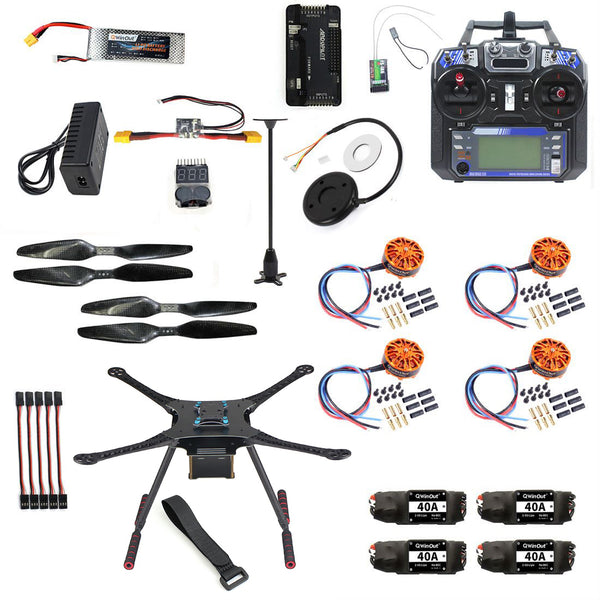Introduction: What is an FPV Drone Kit?
An FPV (First-Person View) drone kit is a collection of components needed to build your own drone for racing, aerial photography, or recreational use. These kits provide an immersive flying experience by allowing pilots to see the view from the drone’s perspective through special goggles. FPV drones have gained popularity for their exciting flying capabilities and the thrill of racing. Whether you are a hobbyist or a serious competitor, understanding the components of an FPV drone kit is essential. In this guide, we will explore the various elements of an FPV drone kit, how to choose the right kit, and tips for getting started.
Essential Components of an FPV Drone Kit
Frame
The frame is the structure of the drone that holds all other components together. It is usually made from lightweight materials like carbon fiber or plastic. The choice of frame affects the drone’s weight, durability, and aerodynamics. When selecting a frame, consider the type of flying you plan to do. Racing frames are typically smaller and more aerodynamic, while frames for aerial photography may be larger to support more gear.
A well-designed frame can enhance your drone’s performance and stability. It’s important to choose a frame that suits your flying style and has enough space for all necessary components. Make sure to check compatibility with the rest of your kit when selecting a frame.
Motors
Motors are essential for providing the thrust needed to lift your drone off the ground. Most FPV drone kits include brushless motors, which are more efficient and powerful than brushed motors. The number of motors in a drone usually depends on its design; most common setups include four motors for quadcopters.
When choosing motors, pay attention to specifications like KV rating, which indicates how fast a motor spins. Higher KV ratings offer more speed, while lower ratings are more efficient at maintaining stability. Selecting the right motors is critical for achieving optimal flight performance.
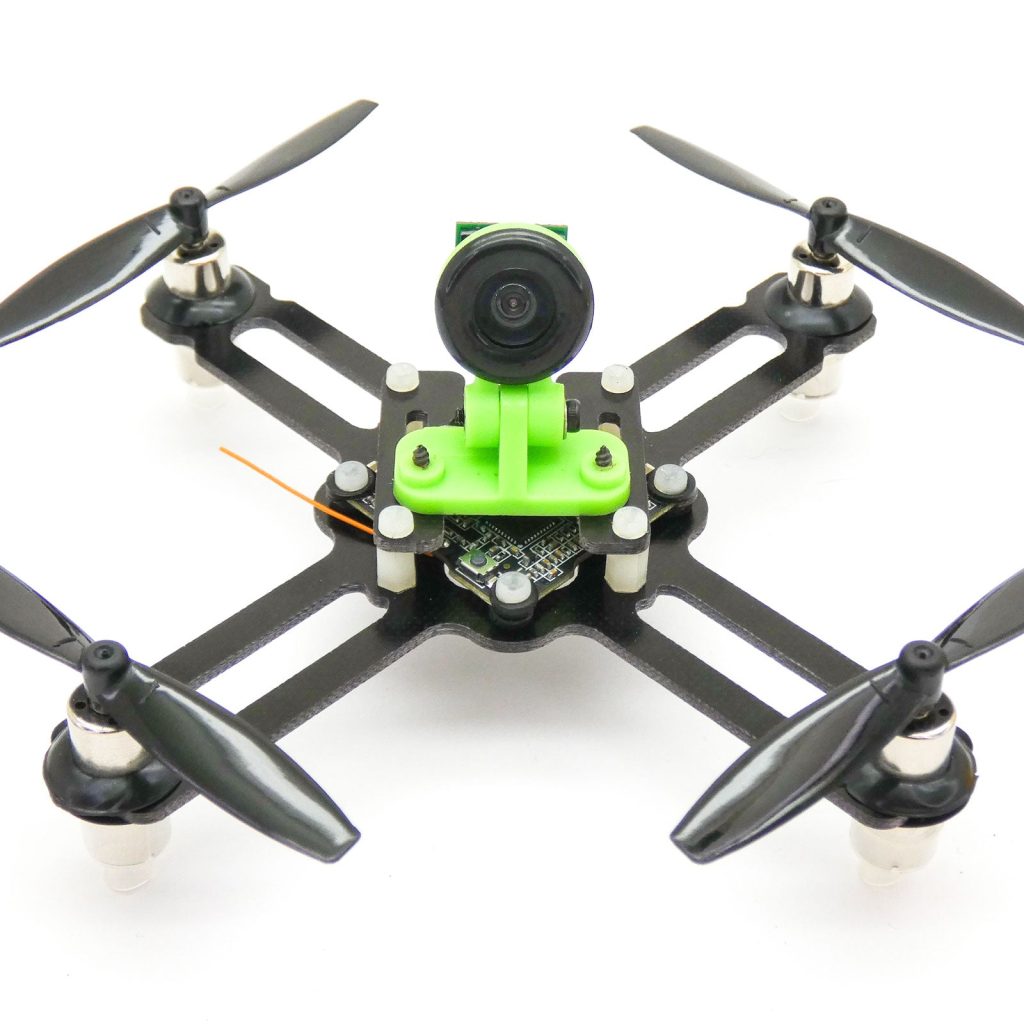
Choosing the Right Electronic Speed Controllers (ESC)
Understanding ESCs
Electronic Speed Controllers (ESCs) regulate the power sent to the motors, allowing them to function optimally. An ESC connects to each motor and receives signals from the flight controller based on your inputs. The ESCs control the speed and direction of the drone, enabling it to climb, descend, and turn.
Most FPV drone kits come with compatible ESCs, but it’s important to select ones that match your motors. Check the maximum current rating to ensure they can handle the power demands of your motors. This will prevent potential failures during flight.
Factors to Consider
When choosing ESCs, consider factors like firmware compatibility and throttle response. Some ESCs come with programmable features that allow you to fine-tune performance settings. This can make a significant difference in how your drone handles, especially in races. Selecting high-quality ESCs will contribute to a smoother and more enjoyable flying experience.

The Role of Flight Controllers
What is a Flight Controller?
The flight controller acts as the brain of your FPV drone. It processes inputs from your remote control and stabilizes the drone during flight. The flight controller uses sensors, such as gyroscopes and accelerometers, to maintain stability.
Several types of flight controllers are available, catering to different flying styles. Some are designed for racing, while others focus on aerial photography. Understanding your needs will help you choose the right controller.
Installation and Setup
Installing the flight controller can be tricky, as it involves connecting various components like ESCs and receivers. Many flight controllers come with software to assist in setup and calibration. Take your time to ensure everything is configured correctly to maximize performance. Proper setup will improve the stability and responsiveness of your drone.
Choosing the Right FPV Camera and Goggles
FPV Camera
An FPV camera captures live video footage from the drone. These cameras vary in quality and features. Some come with wide-angle lenses to provide a broader field of view. Others may offer adjustable settings for low-light conditions, which can be crucial for evening flights.
When selecting an FPV camera, consider the resolution and frame rate. Higher resolutions provide clearer images but may require stronger transmission systems. Matching the camera to your flying style and needs will enhance your overall flying experience.
Goggles
FPV goggles allow you to see the live feed from the drone’s camera, providing a first-person perspective. There are different types of goggles, including those that require a separate monitor or built-in screens. Your choice will depend on comfort, budget, and personal preference.
Make sure the goggles are compatible with your camera’s transmission system. Features like adjustable lenses and a comfortable fit will enhance your flying experience. Investing in good quality goggles can make a world of difference when navigating through the air.
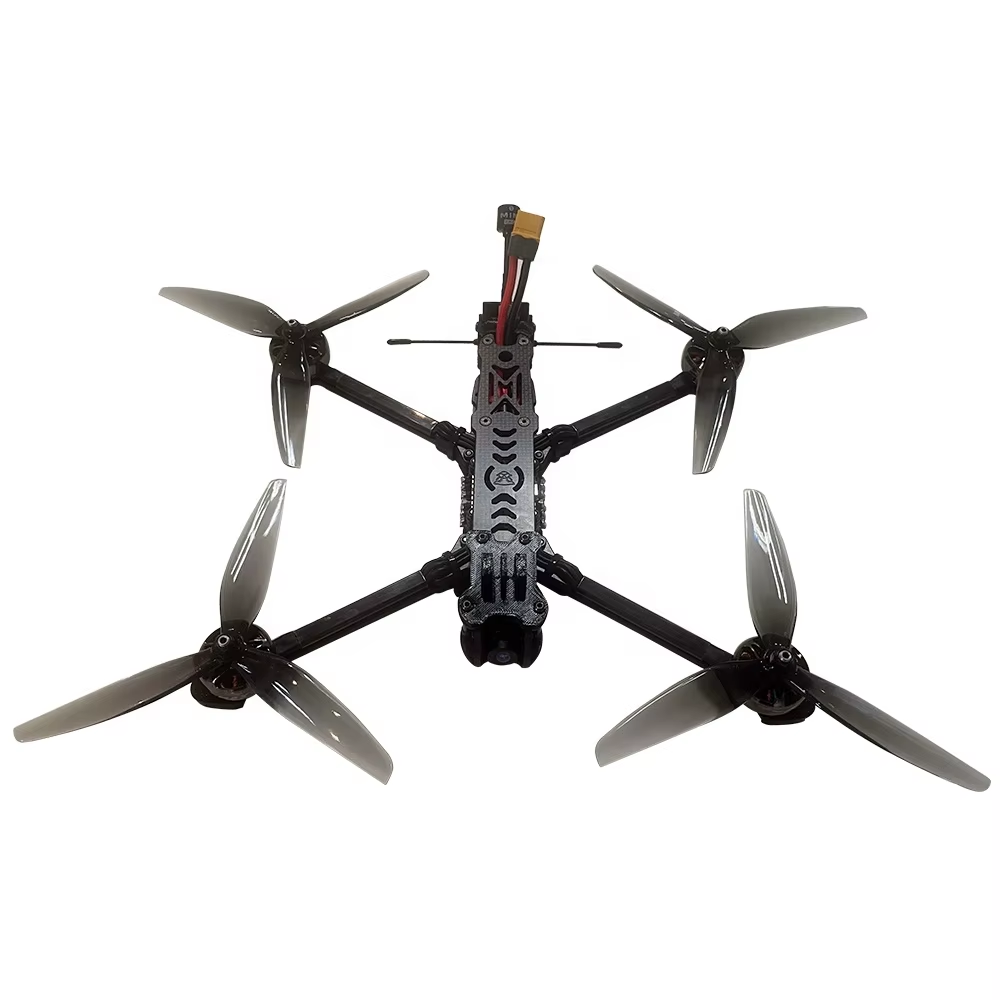
Batteries and Chargers
Battery Selection
Batteries are a crucial component of any FPV drone kit. They power the motors and all electronic components, so it’s essential to choose the right type. Most FPV drones use lithium polymer (LiPo) batteries, known for their high energy density and lightweight nature. Selecting the correct voltage and capacity will impact flight time and performance.
Look for batteries with higher discharge rates (expressed in C ratings) for better performance during races. Ensure the battery is compatible with your drone’s power system. The right battery selection will provide longer flight times and better overall performance.
Charging Options
Having a suitable charger is equally important. Many chargers support multiple battery types and offer features like balance charging. Balance charging ensures that each cell within the battery is charged evenly, maximizing lifespan and safety. Investing in a good charger can save you time and increase the reliability of your batteries.
Always follow safety precautions when handling batteries. Make sure to store them in fire-resistant bags and never leave them unattended while charging. Proper battery care will prolong their life and ensure safe flying experiences.
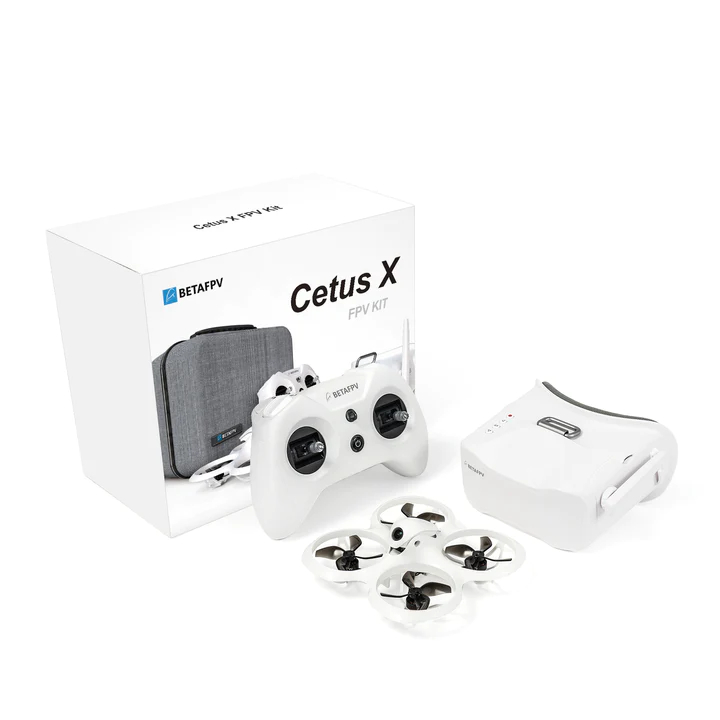
Building and Tuning Your FPV Drone
Assembly Process
Building your FPV drone can be an exciting yet challenging task. Follow the instructions provided with your kit carefully. Start by assembling the frame, attaching the motors, and connecting the ESCs. Ensure every component is secured properly for stable flight.
Once the hardware assembly is complete, focus on the wiring. Neatly organize the wires to avoid interference. Confirm all connections are secure and insulated. Taking the time to do this right can prevent many headaches later.
Tuning for Optimal Performance
After assembly, tuning your drone is crucial for achieving optimal flight performance. Use the software associated with your flight controller to make adjustments. Fine-tuning settings like PID (Proportional, Integral, Derivative) values will impact how your drone responds to controls.
Test flights are essential for identifying areas that need adjustment. Make small tweaks and observe how the drone behaves. Finding the perfect balance may take time, but it will significantly enhance your flying experience.
Getting Started with FPV Flying
Safety Considerations
Before you take flight, it’s vital to prioritize safety. Always check local regulations regarding drone flying, especially regarding no-fly zones. Use proper safety equipment such as prop guards when flying in crowded areas. Always have a designated area for flying free from obstacles and people.
Pre-flight checks are essential. Inspect battery levels, connections, and overall condition. A thorough pre-flight check can help avoid accidents and ensure a successful flying experience.
Practice and Progression
Practice is key to becoming skilled at FPV flying. Start with basic maneuvers and gradually work your way up to more advanced tricks. Joining local drone communities can provide valuable resources and advice. Experienced pilots can offer tips and even mentorship as you progress.
Don’t be discouraged by initial challenges. Everyone starts somewhere, and each flight offers learning opportunities. Embrace the journey and enjoy the thrill of flying your FPV drone.
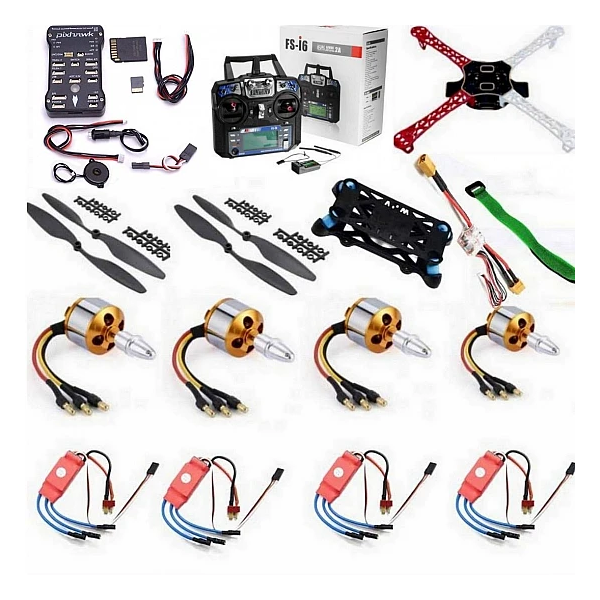
The Future of FPV Drones
Innovations on the Horizon
The world of FPV drones is rapidly evolving, with new technologies continuously being developed. Innovations such as advanced camera systems, automated flight modes, and enhanced battery technologies are changing the landscape. These advancements will make FPV flying more accessible and exciting.
As competition grows, manufacturers are likely to keep improving their products, leading to better performance and affordability. Keeping an eye on industry trends will help you stay informed about the best equipment and practices.
Community Growth
FPV drone flying is also becoming a more popular sport, leading to an increase in events and competitions. This growth fosters a sense of community among enthusiasts, creating opportunities to share experiences and knowledge. Participating in events will not only improve your skills but also connect you with others who share the same passion.
As the community grows, so does the potential for collaboration on new projects. Whether it’s forming local clubs or engaging in online forums, building relationships with fellow pilots will enhance your experience. Embracing this community will enrich your journey into the world of FPV drones.
Conclusion: Embracing the FPV Drone Experience
In conclusion, an FPV drone kit is a gateway to an exhilarating world of flying. By understanding the essential components, selecting the right equipment, and honing your flying skills, you can maximize your enjoyment. Whether you’re flying for fun, racing, or capturing stunning aerial footage, each element plays a crucial role in your success.
As you embark on this journey, prioritize safety, practice diligently, and connect with the FPV community. With rapid advancements in technology and a growing network of enthusiasts, the future of FPV flying is bright and full of possibilities. Embrace the experience, and let your passion for FPV drones soar. Happy flying!
